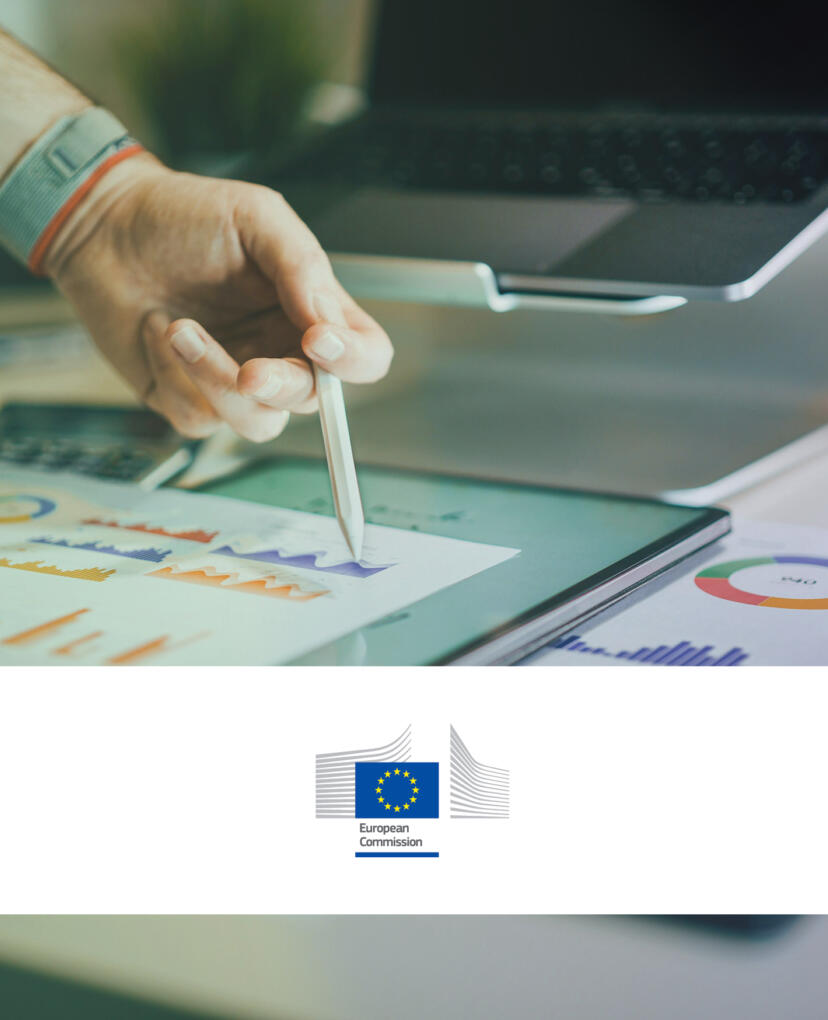Summary
Background
The EU strategy is based on consultations with citizens, academia and businesses with the view of protecting and reconciling the interests of the different stakeholders involved in the transition from Web 3.0, the current generation of the internet, characterized by “openness, decentralisation and users’ full empowerment”, to Web 4.0.
Web 4.0 and Virtual Worlds
Web 4.0 is the upcoming fourth generation of the World Wide Web, which is expected to seamlessly blend the physical and digital worlds by enabling communication between digital and real objects and environments. This is achieved through the use of advanced artificial and ambient intelligence (AI and AmI), the internet of things (IoT), trusted blockchain transactions, virtual worlds and extended reality (XR) capabilities, among others.
Virtual worlds are said to play a key role in Web 4.0 and are defined as “persistent, 3D, immersive environments” which may be populated and explored by many users simultaneously and in real time, for a variety of purposes: designing, making simulations, collaborating, learning, socialising, making transactions or providing entertainment. They are accessed by virtual reality (VR) technology, the most popular being head-mounted displays.
The Commission’s Proposal
With its strategy, the Commission intends to take a head start in the next technological transition. It aims for a Web 4.0 and virtual worlds that “reflect EU values, principles and fundamental rights”, where people “can be safe, confident and empowered”, where people’s “rights as users, consumers, creators or workers are respected”, and where European businesses “can develop world-leading applications, scale up and grow.”
As described in its Digital Decade policy programme, the ‘2030 Digital Compass’, the Commission wants to guide Europe’s digital transformation for 2030 along 4 lines. With this strategy initiative, the Commission reaffirms this commitment by building its action plan around the same 4 pillars, each containing a couple of concrete commitments (‘action points’). We will highlight the most important action points attached to each pillar:
Skills
The Commission intends to empower and protect people in the virtual world, to improve their technological literacy, to foster user awareness and access to trustworthy information, and to build a talent pool of virtual world specialists.
With these goals in mind, the Commission will:
- Promote the guiding principles put forth by a panel of EU citizens (freedom of choice, sustainability, human-centered design, health, education & literacy, safety & security, transparency and inclusion);
- Support skills development for virtual world technologies and develop a “Virtual Worlds Toolbox” which provides specific guidelines on the various aspects of participation and involvement in virtual worlds and remind people of their rights under EU legislation.
Business
The Commission also intends to create a world-leading European Web 4.0 industrial ecosystem, to accelerate the uptake of innovative solutions, and to ensure a single European digital market by addressing fragmentation.
The Commission will take action to:
- Explore the development of an industrial and technological roadmap;
- Support the testing of new business models and solutions;
- Support the development of business standards for open and interoperable virtual worlds.
Government and public services
Furthermore, the Commission intends to support societal progress and virtual public services, and leverage the opportunities virtual worlds can offer in addressing major societal challenges.
- Therefore, the Commission has set out to support flagship projects like the European CitiVerse, an immersive environment which helps allow to optimise spatial planning and management with the aim of creating smart and sustainable cities and communities.
Governance and infrastructure
At last, the Commission would like to shape global standards for open and interoperable virtual worlds and Web 4.0, preventing a few big players from dominating the market. It also intends to monitor the development of the technology.
- In this regard, the Commission has plans to:
- Establish a group of experts from different Member States to share common approaches and best practices on the transition to Web 4.0;
- Support existing multi-stakeholder internet governance institutions and the creation of a technical multi-stakeholder forum.
It is clear that the Commission has set some highly ambitious goals with this action plan. However, it remains to be seen whether it can fulfil the hopes raised by its strategy.



